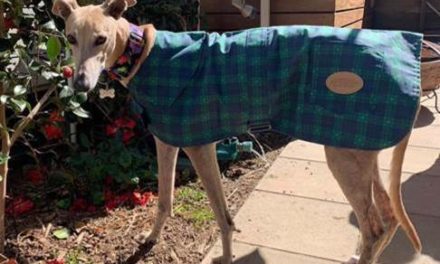Worms in dogs, simple tips to treat and prevent the common ones
Many dogs carry a burden of gastrointestinal worms without their pet parent being aware of it! The common worms in dogs are: Roundworm, Hookworm, Tapeworm and Whipworm.
We explain how dogs can get these worms as well as simple tips for treatment and prevention.
Roundworm
Puppies have the highest risk of getting Roundworm from their mother. She may pass them before her puppy is born or he may get them by drinking her milk. Another way a dog can get Roundworm is from eating roundworm eggs that come from another animal’s faeces, or if he eats mice or other small animals that are infected.
Hookworm
Dogs get Hookworm by ingesting Hookworm larvae from contaminated soil or from larvae actively boring through the dog’s skin. Puppies can also be infected immediately after birth through their mother’s milk.
Tapeworm
The most common type of Tapeworm is spread by fleas. Pets contract this species of tapeworm when they swallow fleas in the process of grooming. Other Tapeworms are spread through improperly prepared food/raw meat.
Whipworm
Dogs get whipworm by accidentally ingesting the eggs in contaminated soil. The extreme resilience of these eggs makes environmental control very difficult.
The first three of these worms can be zoonotic, that is, transmissible to humans. Another reason to maintain a regular preventative program!
Tips to treat worms in dogs
- Treat the dog with de-worming drugs by the vet. (Many vets de-worm pups when they’re two-three weeks old just to be safe).
- While the dog is undergoing treatment, dispose of its faeces carefully. Wear rubber gloves. Incinerate or bury deeply all dog droppings for at least three days. Wash your hands thoroughly after disposing of dog droppings. Thoroughly clean and disinfect the kennel and surrounding area.
Tips to prevent worms in dogs
- Administer a broad spectrum worming medication every three months (or every six weeks for dogs at risk of Hydatid tapeworm).
- Keep things clean, including the areas where the dog eats, sleeps, and plays
- Regular ‘poo patrols’ and disposal of faeces to stop the life cycle of the worms from continuing
- Keep the dog away from small, wild animals (Roundworm)
- Proper flea control should be implemented to reduce the risk of tapeworm re-infestation.
-END-






